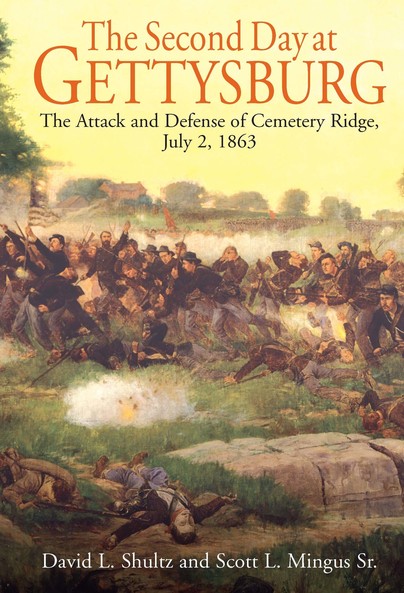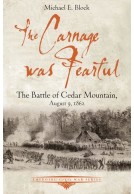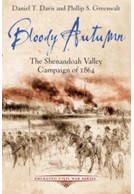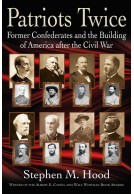The Second Day at Gettysburg (Paperback)
The Attack and Defense of Cemetery Ridge, July 2, 1863
Imprint: Savas Beatie
Pages: 552
Illustrations: 93 images, 37 maps
ISBN: 9781611217261
Published: 15th April 2025
Pages: 552
Illustrations: 93 images, 37 maps
ISBN: 9781611217261
Published: 15th April 2025
You'll be £21.99 closer to your next £10.00 credit when you purchase The Second Day at Gettysburg. What's this?
+£4.99 UK Delivery or free UK delivery if order is over £40
(click here for international delivery rates)
Need a currency converter? Check XE.com for live rates
(click here for international delivery rates)
Need a currency converter? Check XE.com for live rates
So much has been written about Gettysburg, goes the well-worn cliché, that there is nothing new left to write. Now in paperback, The Second Day at Gettysburg: The Attack and Defense of Cemetery Ridge, July 2, 1863, by David L. Shultz and Scott L. Mingus Sr. aptly demonstrates that there is indeed still much to learn about the war’s largest and bloodiest battle.
Based upon a faulty early-morning reconnaissance, General Robert E. Lee decided to attack up the Emmitsburg Road in an effort to collapse the left flank of General George Meade’s Army of the Potomac and decisively defeat it. The effort got underway when General James Longstreet’s First Corps troops crushed General Sickles’ Peach Orchard salient and turned north and east to drive deeply into the Union rear. A third Confederate division under Richard Anderson, part of A. P. Hill’s Third Corps, joined in the attack, slamming one brigade after another into the overstretched Union line stitched northward along the Emmitsburg Road. The bloody fighting stair-stepped its way up Cemetery Ridge, tearing open a large gap in the center of the Federal line that threatened to split the Union army in two. The fate of the Battle of Gettysburg hung in the balance.
Despite the importance of the position, surprisingly few Union troops were available to defend the yawning gap on the ridge. Major General Winfield S. Hancock’s Second Corps had been reduced to less than one division when his other two were sucked southward to reinforce the collapsing Third Corps front. Reprising Horatio at the Bridge, the gallant commander cobbled together a wide variety of infantry and artillery commands and threw them into the action, refusing to yield even one acre of ground. The long and intense fighting included hand-to-hand combat and the personal heroics of which legends are made.
Veteran Gettysburg authors Shultz and Mingus merge their subject matter expertise and keen understanding of the complex undulating terrain and physical features to produce the most detailed study of this action ever written. In addition to demonstrating how the fighting on the far Union left directly affected the combat to come in the center of General Meade’s line, the authors also address some of the most commonly overlooked aspects of the fighting: what routes did some of the key units take to reach the front? What could the commanders actually see, and when could they see it? How did the fences, roads, farms, trees, ravines, creeks, and others obstacles directly affect tactical decisions, and ultimately the battle itself?
Based upon extensive research and graced with dozens of photographs and detailed original maps, The Second Day at Gettysburg offers a balanced, compelling, and ultimately satisfying account of one of the most overlooked and yet important aspects of the defining battle of the American Civil War.
Other titles in Savas Beatie...















